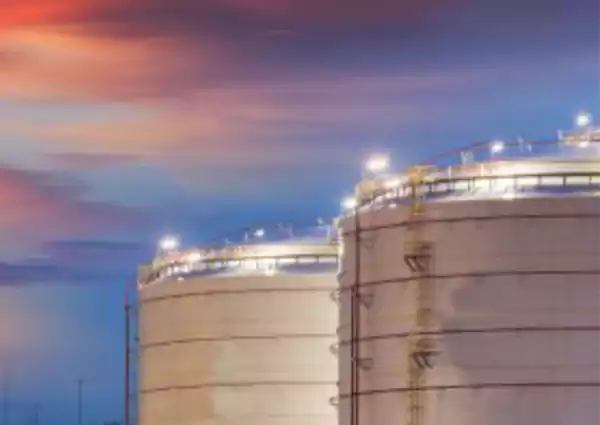
The biggest tidal wave of liquefied natural gas, or LNG, supply will soon be coming online, impacting the global market and completely changing its dynamics. According to the RBC capital marketers, this will be the biggest influx of LNG supply, which will bring wide and enduring effects as compared to the previous expansion.
Anan Dhanani, RBC’s analyst, shares insights that this expansion will likely lead to a state of oversupply possibly by the end of 2026, with the prices most likely dropping below double digits, keeping it until 2030.
“A wave of new LNG supply —the biggest yet— is set to reshape the global market in the coming years, with broader implications than prior growth given increasing interlinkages between regional gas markets following the Russia-Ukraine conflict,” analysts from the investment bank wrote in a report.
As for the next phase of the Dutch Title Transfer Facility (TTF) hub, a European benchmark for natural gas transactions, it was trading on Wednesday at $12.78 per million metric British thermal units on the New York Mercantile Exchange.
A growing chorus of analysts has been working throughout the year to warn the public about the massively oversupplied market due to the tepid demand growth coupled with looming waves of export capacity. As more and more planned infrastructure will continue to hit the market, it remains uncertain whether the demand will grow to accommodate each influx.
Furthermore, we can’t ignore the fact that the disruption caused by the Russian pipeline gas to Europe has doubled the global LNG trade for the last decade. Grown from around 240 metric tons in 2014 to more than 400 metric tons last year. Amid this geopolitical risk, many had envisioned it as an opportunity in the market.
Meanwhile, there are other looming risks to the LNG sector, existing contracts for Russian gas deliveries to Europe through Ukraine are going to expire at the end of 2024. On top of that, the 2024-2025 Northern Hemisphere winter is right in the corner.
The IEA wrote in a recent note about this tidal wave, “This could mean an end to all piped gas deliveries to Europe from Russia through Ukraine.”
IEA added, “This in turn would require higher LNG imports into Europe next year, resulting in a tighter global gas balance.”
Thanks for choosing to leave a comment. Please keep in mind that all comments are moderated according to our comment Policy.